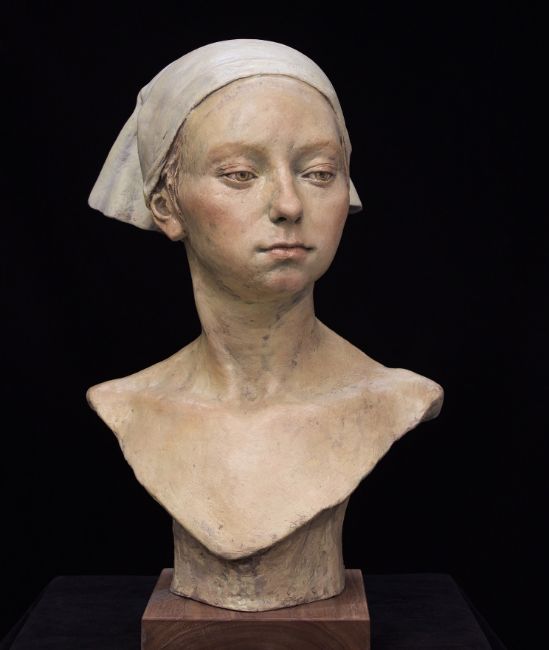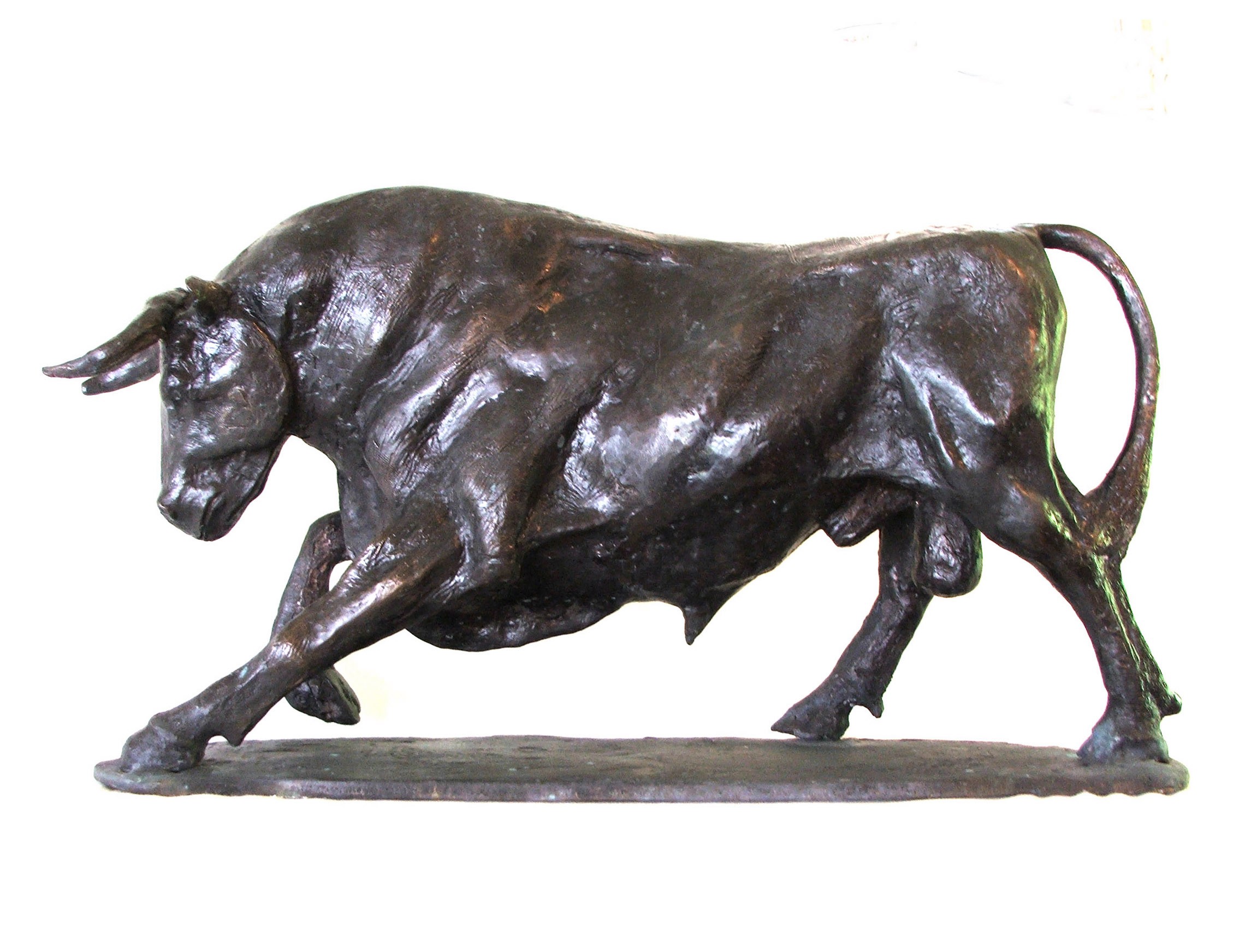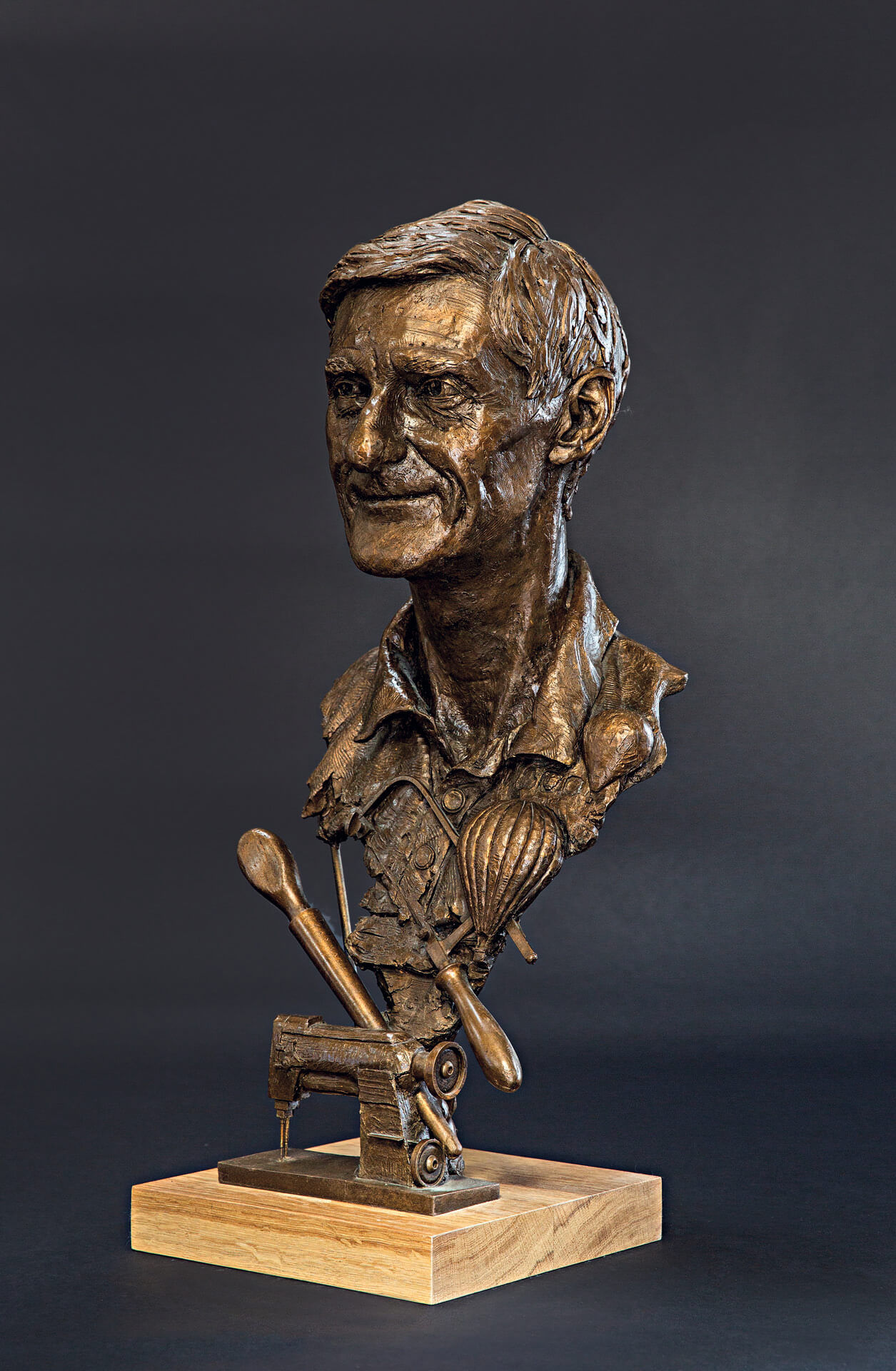The Influence of Nature in Sculpture Art
The impact of nature in sculpture art is a topic that has mesmerized musicians throughout background. Importance of all-natural elements is one more method in which nature affects sculpture, as musicians imbue their developments with the definition and associations intrinsic in these aspects - Robert C Hitchcock Sculptor. Ultimately, sculpture art has the power to capture the transience of nature, freezing a minute in time and allowing us to value its elegance in eternity.
Organic Forms and types
Organic shapes and kinds, influenced by the detailed patterns and harmonious frameworks discovered in nature, play a critical duty in the world of sculpture art. Artists have actually long been astounded by the charm and complexity of the environment, discovering motivation in the graceful contours of a seashell, the fragile flowers of a flower, or the twisting branches of a tree. By copying and abstracting these natural kinds, musicians are able to develop sculptures that evoke a feeling of consistency and equilibrium.
Among the reasons organic types and forms are so widespread in sculpture art is their capacity to attach with visitors on a deep emotional degree. The natural world knows to us all, and when we see these forms represented in art, it evokes a feeling of convenience and recognition. It reminds us of our area in the grand plan of points and permits us to get in touch with something more than ourselves.
In addition, natural forms and forms in sculpture art frequently personify a sense of movement and energy. The streaming lines and dynamic structures resemble the consistent activity and development found in nature. This produces a feeling of vigor and brings sculptures to life, making them look like if they could continue to evolve and change before our eyes.
Structure and Product Expedition
A considerable facet of sculpture art affected naturally is the expedition of structure and products via using various techniques and mediums. Musicians usually draw ideas from the diverse textures discovered in the environment, such as the harsh bark of a tree, the smooth surface of a pebble, or the complex patterns on a fallen leave. By integrating these appearances right into their job, carvers can produce a tactile experience for audiences, inviting them to involve with the artwork on a sensory level.
Structure can be achieved in sculpture through a range of approaches. Some artists choose to sculpt or shape directly right into the selected material, producing a three-dimensional surface area that simulates the textures located in nature - Robert C Hitchcock Sculptor.
Product expedition is also a substantial part of sculpture art influenced by nature. Musicians might venture into undiscovered area, looking for brand-new products that evoke the essence of the all-natural world. For example, they might include all-natural elements like branches, leaves, or even soil right into their sculptures, obscuring the boundaries in between art and the environment. Equine Sculptures. By pushing the limits of standard products and techniques, sculptors can develop visually magnificent and conceptually abundant jobs that celebrate the charm and variety of nature.
Significance of Natural Elements
The unification of all-natural elements in sculpture art adds a layer of meaning and depth to the art work. By using materials discovered in nature, artists have the ability to imbue their developments with meaning that reverberates with viewers on a profound degree. Natural components such as wood, stone, and plants have been utilized throughout background to convey different symbolic messages.
Timber, as an example, often stands for growth, strength, and durability. Sculptures crafted from this product can stimulate a sense of link to the earth and the cycles of life. Stone, on the other hand, is frequently connected with permanence and endurance. Sculptures sculpted from stone can signify the ageless nature of specific concepts or principles.
Plants and flowers are additionally frequently included into sculpture art, representing styles of charm, growth, and renewal. The delicate petals and lively colors of blossoms can evoke feelings of delight, while the linking branches of plants can signify interconnectedness and unity.
In addition to these all-natural products, sculptors may go to my blog likewise make use of all-natural aspects such as water, wind, or fire to additionally boost the symbolic message of their art work. These aspects can stand for the transformative power of nature, the passage of time, or the forces that shape our world.

Representations of the Environment
Reflections of the Atmosphere can be seen in sculpture art via the incorporation of natural elements and the representation of ecological themes. Artists frequently draw inspiration from the atmosphere, making use of materials such as timber, rock, and even recycled materials to create their art work. By utilizing these all-natural elements, they not only admire the atmosphere however additionally produce a more powerful link in between the artwork and its surroundings.
In addition to the products used, sculpture art additionally reflects the environment through the representation of ecological motifs. Several artists select to illustrate pets, plants, or landscapes in their work, highlighting the beauty and fragility of the environment. These sculptures function as suggestions of the importance of preserving our setting and the requirement for sustainable practices.

Furthermore, ecological sculptures often aim to increase awareness about pushing environmental issues. They offer as graphes of the influence of human tasks on the environment, such as pollution, climate, or logging change. By portraying these concerns in their art work, sculptors wish to influence viewers to act and become a lot more aware of their very own environmental footprint.
Recording the Transience of Nature
Sculpture musicians further discover the influence of nature by skillfully recording the ephemeral and ever-changing elements of the environment. Through their virtuosity, these musicians aim to depict the fleeting elegance and transience of nature, stimulating a feeling of wonder and contemplation in customers.
One method which sculpture musicians capture the transience of nature is by using products that are themselves subject to decay and change. For instance, artists might pick to collaborate with organic materials such as leaves, flowers, or timber, which naturally wear away in time. This intentional option highlights the brevity of nature and reminds us of the unpreventable cycle of life and death.
Additionally, sculpture musicians typically employ techniques that produce a feeling of movement and fluidness in their job. By integrating moving lines and vibrant forms, they communicate the ever-changing nature of the environment. This can be seen in sculptures inspired by wind, water, or the development of plants, where the artist seeks to record the essence of constant motion and improvement.
Furthermore, some musicians choose to develop temporary or site-specific setups that engage with the atmosphere. These ephemeral sculptures, made from materials such as sand, light, or ice, are deliberately developed to progressively change or go away in time. By welcoming the transient nature of their developments, musicians welcome customers to assess the short lived beauty of the environment and the impermanence of human presence.

Conclusion
To conclude, nature has an extensive influence on sculpture art. With using natural forms and forms, musicians have the ability to evoke a sense of natural appeal and consistency. Structure and product exploration even more boost the connection to nature, as musicians usually include natural products into their sculptures. Significance of natural environments includes depth and implying to the art work, while reflections of the environment capture the essence of nature. Inevitably, sculpture art catches the transience of nature and celebrates its eternal effect.
Symbolism of all-natural aspects is another method in which nature affects sculpture, as artists imbue their creations with the definition and associations fundamental in these components.A substantial element of sculpture art influenced by nature is the expedition of structure and materials via the usage of various methods and tools (Equine Sculptures).Product expedition is additionally a considerable part of sculpture art affected by nature.One way in which sculpture musicians catch the transience of nature is by making use of products that are themselves subject to degeneration and adjustment. Structure and product expedition even more improve the connection to nature, as artists typically integrate natural products into their sculptures